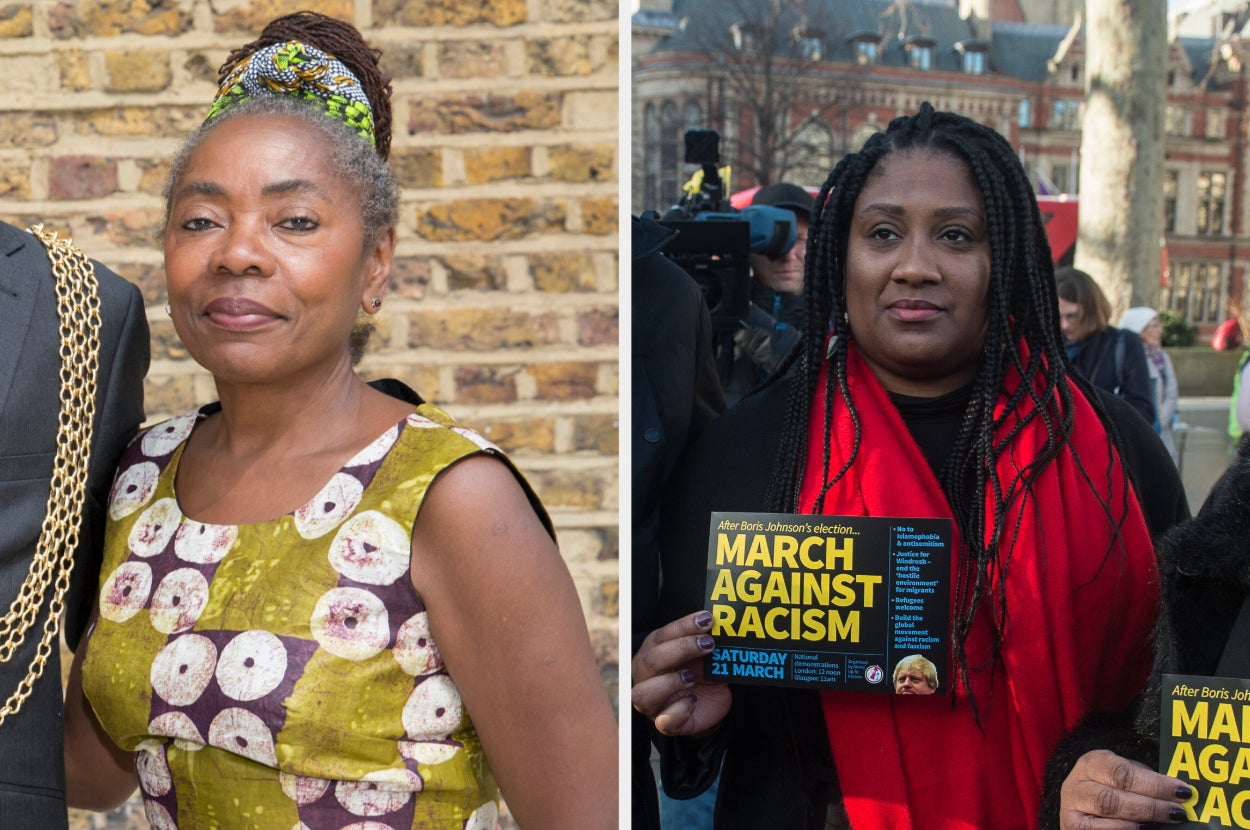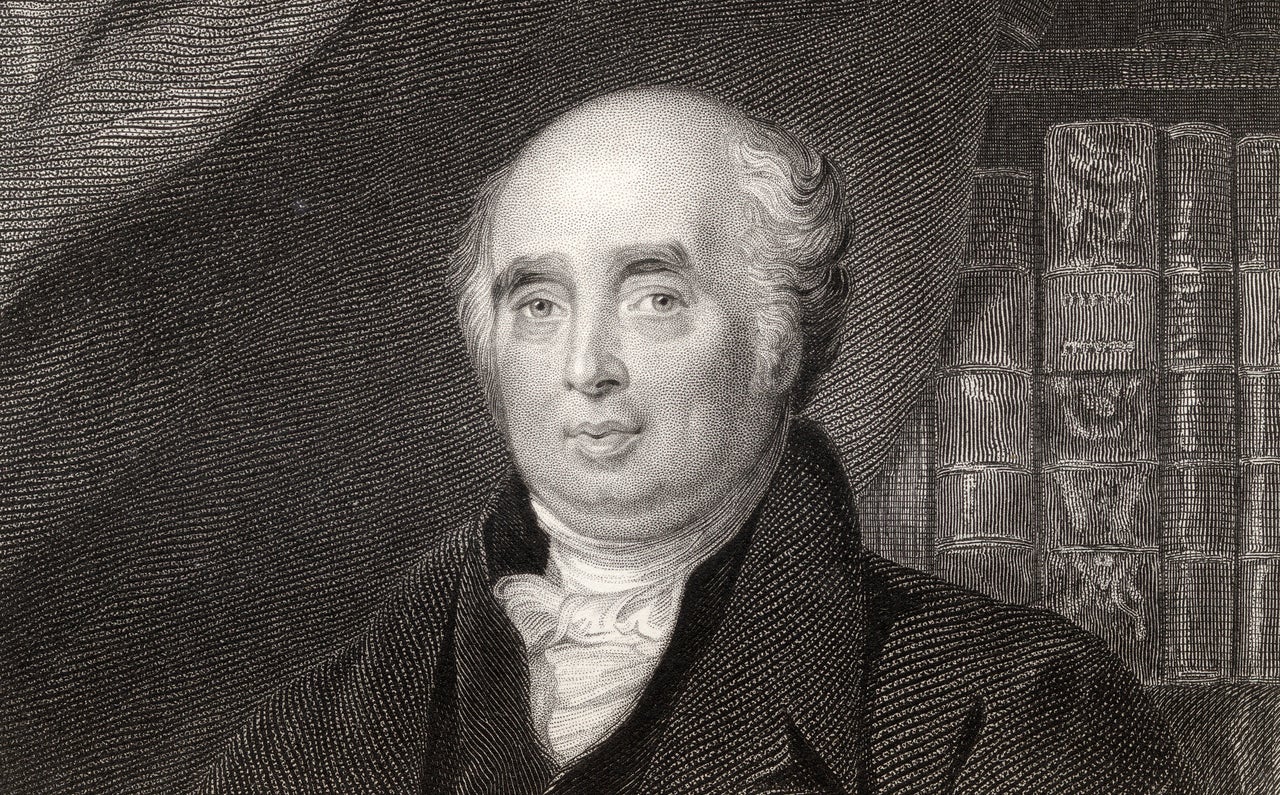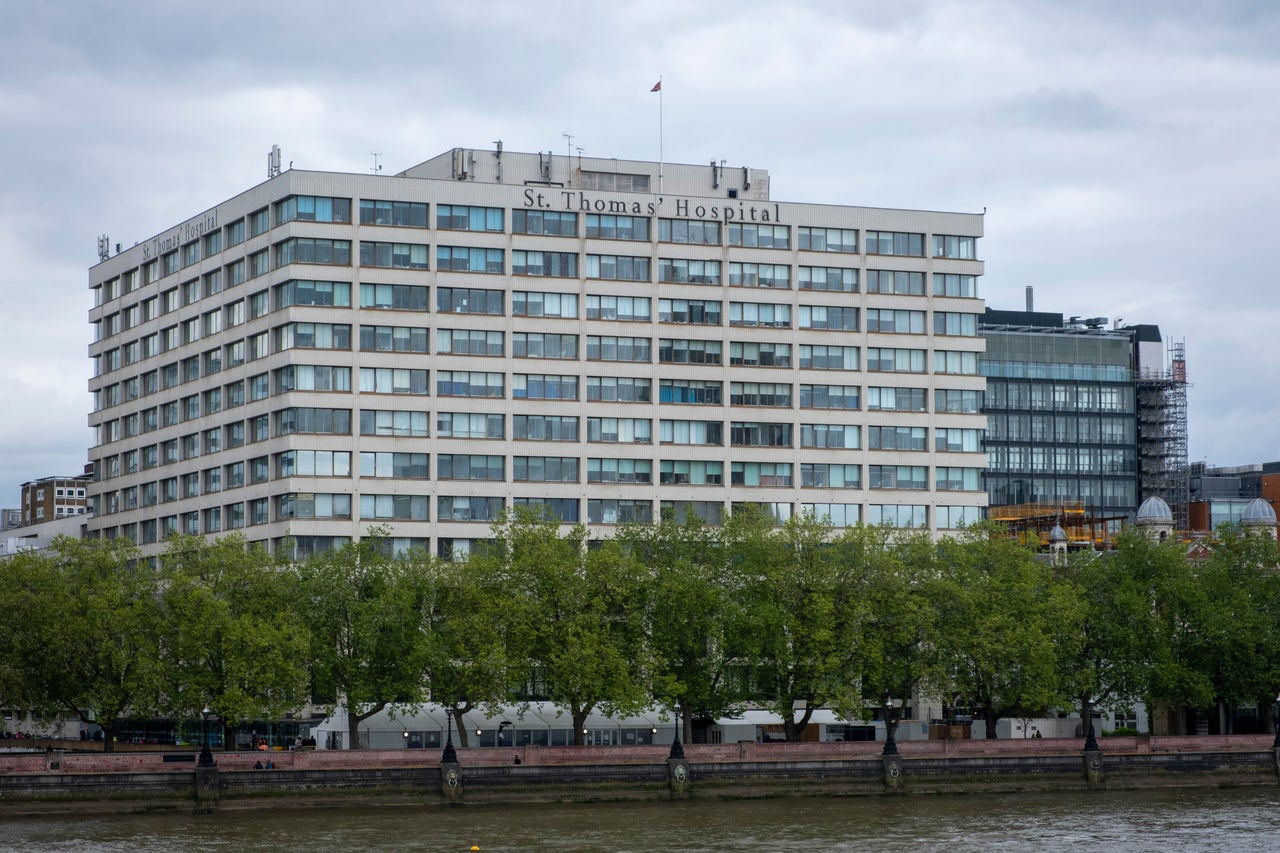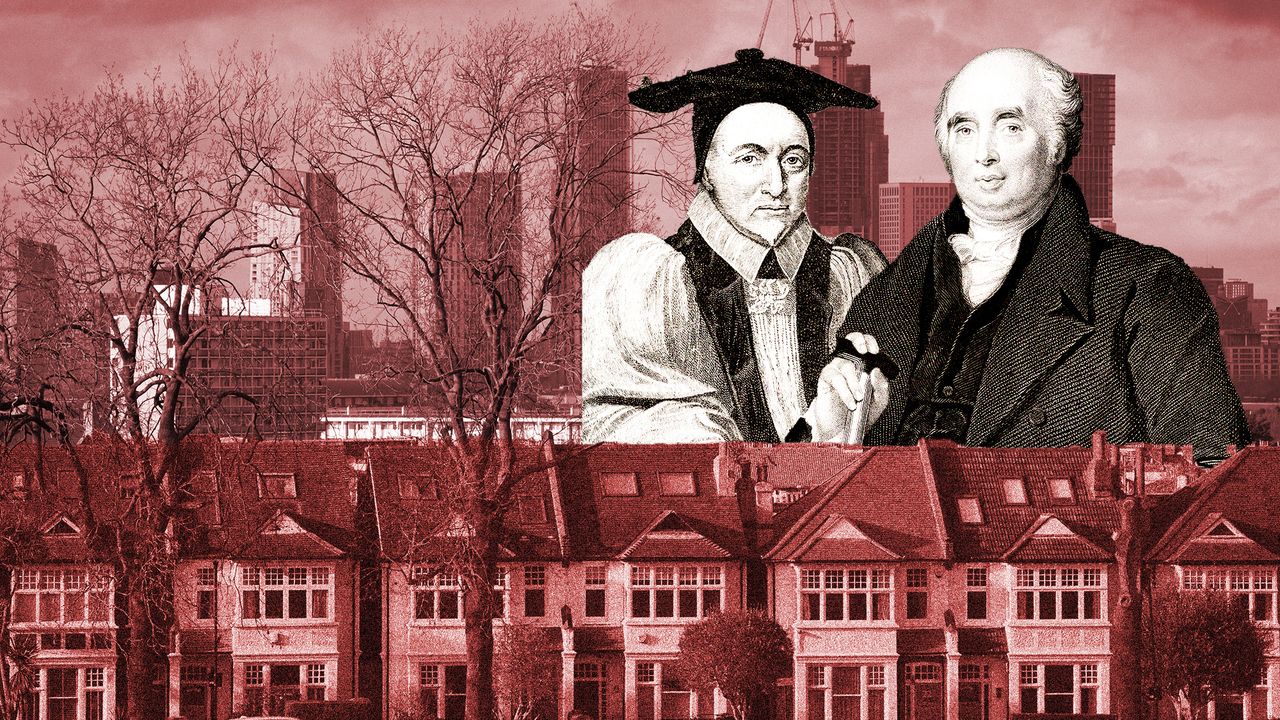London has a rich black history that stretches back to the Roman period. From artists to politicians, Britain’s capital has a lot to celebrate.
But with the advent of the Black Lives Matter movement two years ago, a fresh spotlight was shone on a terrible part of this country’s history.
The murder of George Floyd sparked protests around the world and prompted a reexamination of official histories.
In the UK, debates raged over statues, monuments and memorials that were associated with the transatlantic slave trade.
The most symbolic event during that period has to be the toppling of the statue of slave trader Edward Colston in Bristol. The four people charged with criminal damage over the statue’s removal were all acquitted.
While media discourse at times turned particularly toxic, their acquittal showed the public cared about Britain’s uncomfortable past.
The Mayor of London Sadiq Khan went on to launch £25,000 grants to review and improve diversity and representation in public spaces across the capital.
It is against this backdrop, one south London council has decided to launch a “community listening exercise” in which they are asking residents for their views about local areas associated with the transatlantic slave trade.
However, the move has sparked the ire of some commentators who are accusing Lambeth Council of trying to “cancel” an entire suburb.
Newspaper reports claimed that the area of Tulse Hill was at risk of losing its name because it derives from a family who held manors in the area during the early 17th-century and had links to slavery.
Conservative party chairman Oliver Dowden railed against the scheme, accusing the Labour-run borough of “wasting their cash on vanity projects”.
Lambeth was forced to deny there were any plans to rename Tulse Hill and insisted that asking residents about the name incurred no extra costs.

Labour MP Bell Ribeiro-Addy, whose constituency covers parts of the borough, also hit back, saying the project is about having an “honest conversation”.
She told HuffPost UK: “It’s not about erasing the past, it’s about excavating it and understanding how it continues to shape our present.
“There’s clearly an appetite for an honest conversation about this and an open discussion about who we want our public spaces to commemorate and honour in the 21st century.
“Perhaps that’s why we’re seeing such a backlash against this from Tory outriders in the right wing press.”
Councillor Sonia Winifred, cabinet member for equalities and culture, said there had been some “misleading stories” written about the programme.
“What we are doing in Lambeth is taking a measured, iterative, and educational approach to highlight the historic links within our borough to the transatlantic slave trade,” she said.
Winifred said they wanted to listen and assess “where legally possible” if new names or commemorations could be suggested by residents to mark those who contributed to the borough.

Lambeth is one of the most diverse boroughs in the country. Around 60 per cent of its population describe their ethnicity as other than white British and 24 per cent are Black, according to 2015 GLA figures.
It also contains the area of Brixton which has long been a hub of black British history.
The local archive centre has carried out an audit to identify locations linked with the slave trade.
Here, HuffPost UK takes you through the sites they have identified as under review in the borough.
Vassall
A number of places in Lambeth are named after Henry Richard Vassall-Fox 3rd Baron Holland of Foxley and his wife Elizabeth Webster, nee Vassal, who owned slaves.
They were compensated after the abolition of slavery for their slaves and plantations in Jamaica. Together they owned the Holland estate in Brixton.

Tulse Hill
Tulse Hill is named after the Tulse family who held local manors in the early 17th-century.
One family descendant, Sir Henry Tulse, went on to become Lord Mayor of London and earned much of his wealth from the slave trade.
Street names
In addition to the streets and locations named after the Vassal and Tulse families, a number of other individual streets are named after people with links to slavery or colonialism.
Juxon Street
Archbishop William Juxon whose family was involved in the sugar trade in Jamaica and whose family coat of arms has four African heads.
Tradescant Road and statue
John Tradescant the Elder and the Younger were Lambeth gardeners who made occasional use of slave trade vessels travelling to North America and Africa for the transport of botanical and anthropological specimens.
Rhodesia Road
The former colonial name for Zambia and Zimbabwe derived from imperialist Cecil Rhodes.
Thurlow Road
Named after Edward Thurlow, politician and Lord Chancellor, who opposed the abolition of the slave trade.
Statues and Memorials
Tomb of Capt. William Bligh, St. Mary’s, Churchyard, Lambeth Rd
Bligh transported breadfruit from the Pacific to the Caribbean, which became a staple food for those labouring on slave plantations. Subsequently admiral and governor of New South Wales.
St. Paul’s Church, Clapham
A plaque commemorates William Hewer, private trader, investor and governor of the East India Company.
The church graveyard contains the tomb of George and Elizabeth Hibbert, plantation owners.
Howland House, Leigham Avenue, Streatham
Commemorates John and Elizabeth Howland, director of the East India Company.
A statue commemorating Oliver Lyttleton, National Theatre, South Bank
Oliver Lyttleton, politician and former Secretary of State for the Colonies.
Memorial to John Massingberd, St. Leonard’s Church, Streatham
Commemorates John Massingberd, Treasurer of the East India Company.
St. Thomas’ Hospital, South Bank
A statue commemorates Charles Murchison, medic to the East India Company.
A statue commemorates Robert Clayton, president of the hospital, Lord Mayor of London and banker with involvement in the Royal Africa Company, who were directly involved in the slave trade.

Uncertain Origins
Some locations have uncertain origins, but may be linked to the slave trade or colonialism.
Lambeth said that due to this uncertainty, they were not currently proposing to look at renaming those streets.
But they added: “If the local community express a strong desire to educate and inform people about their possible origins, we will explore ways of doing this.”
They include Burgoyne Road, Cromwell Road, Dundas Road and Nelson’s Row.
Celebrate
The council is asking residents to nominate people or organisations that could be celebrated in the borough with a memorial, information board, or plaque.
For more information, visit the council’s consultation website.
